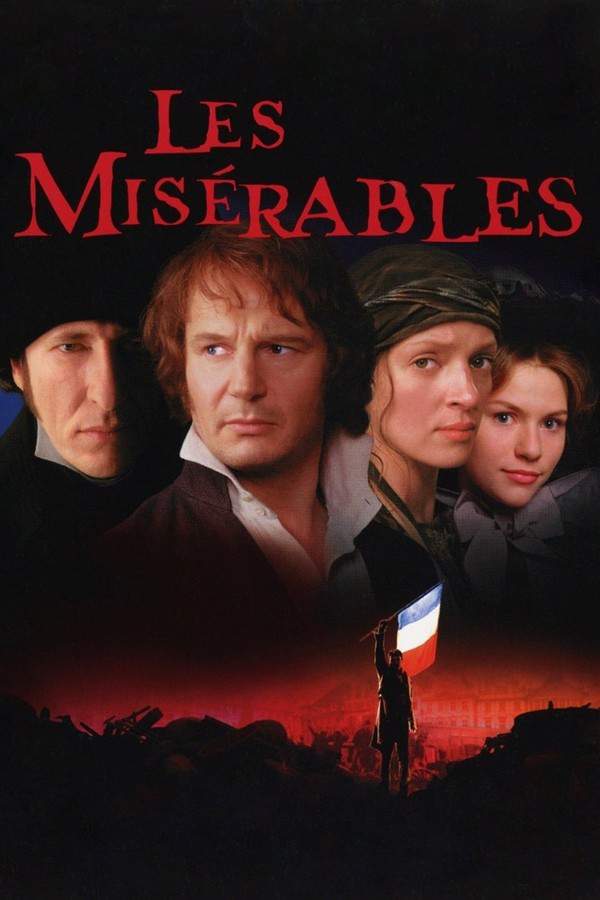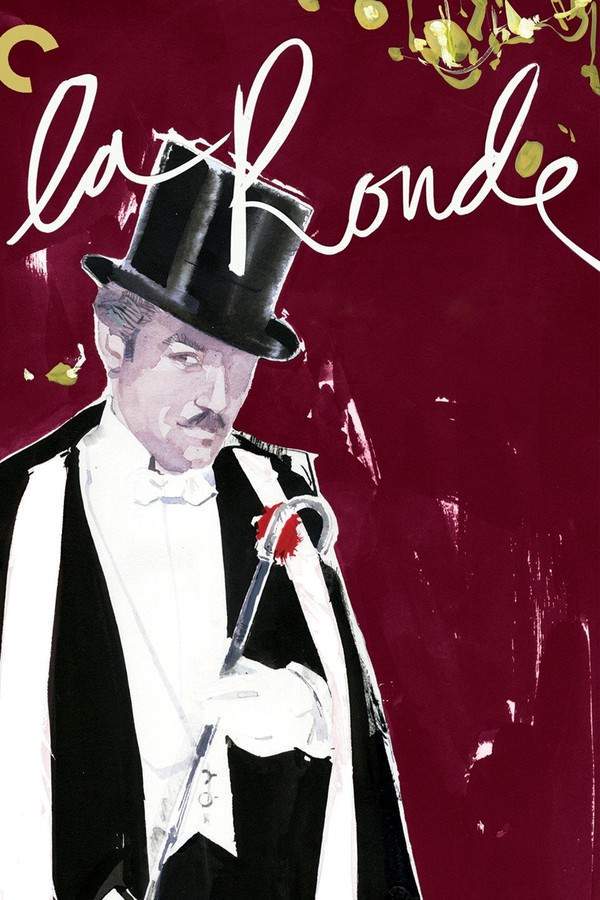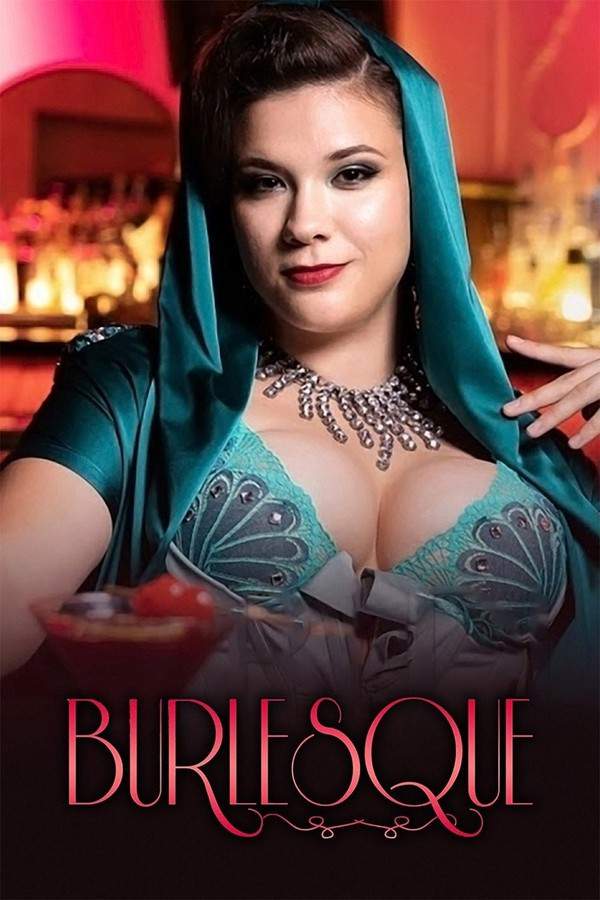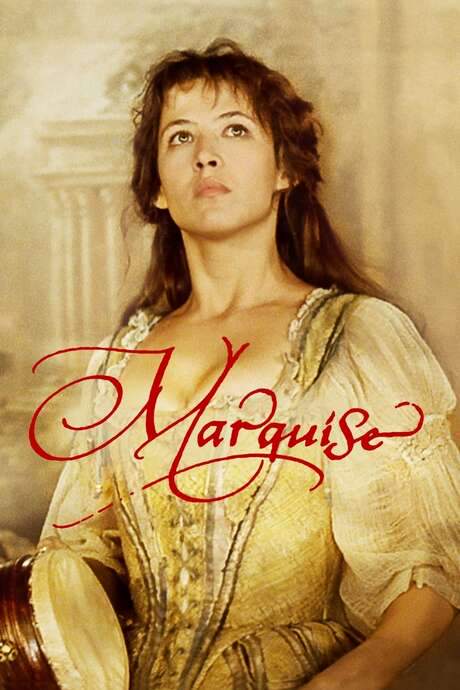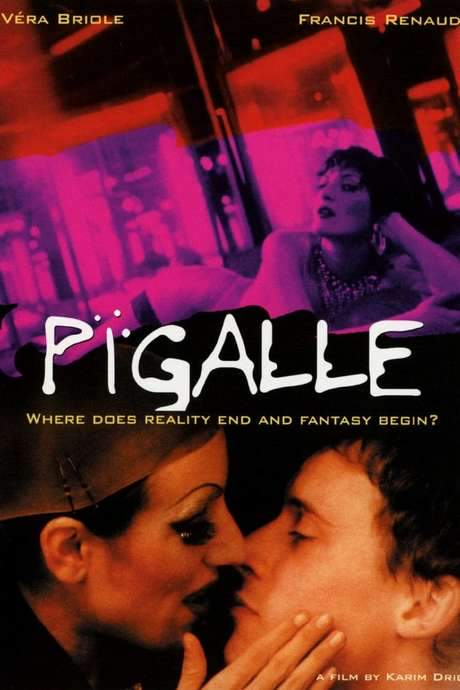Moulin Rouge! 2001
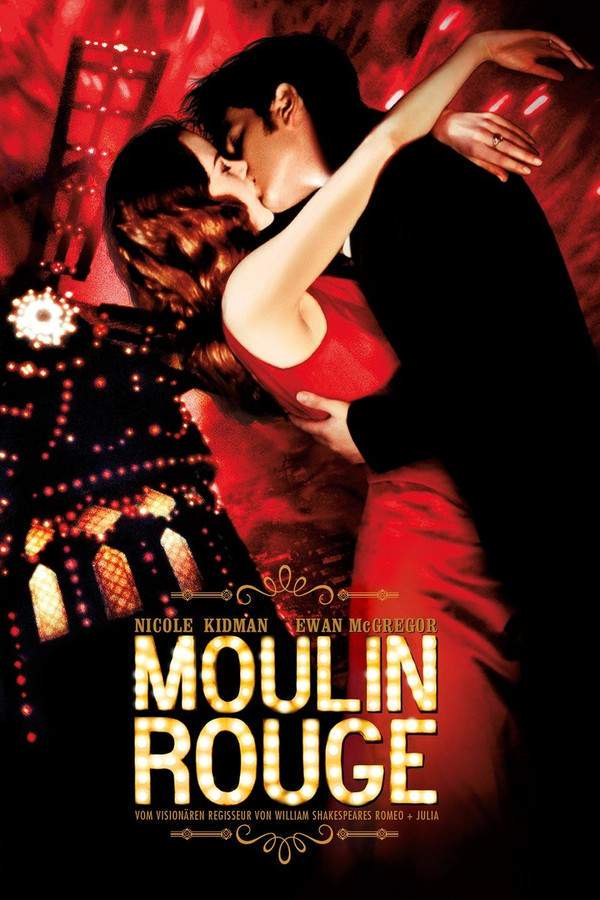
Set in the dazzling Moulin Rouge nightclub during the Belle Époque era in Paris, the story follows a young poet who becomes entangled in a passionate romance with the club's captivating leading performer. Amidst a backdrop of extravagant performances, bohemian artistry, and lavish indulgence, he experiences a whirlwind of love and inspiration, discovering the intoxicating heights and devastating lows of a forbidden affair.
Does Moulin Rouge! have end credit scenes?
Yes!
Moulin Rouge! does have end credit scenes. Stay until the very end!
Meet the Full Cast and Actors of Moulin Rouge!
Explore the complete cast of Moulin Rouge!, including both lead and supporting actors. Learn who plays each character, discover their past roles and achievements, and find out what makes this ensemble cast stand out in the world of film and television.
External Links and Streaming Options
Discover where to watch Moulin Rouge! online, including streaming platforms, rental options, and official sources. Compare reviews, ratings, and in-depth movie information across sites like IMDb, TMDb, Wikipedia or Rotten Tomatoes.
Ratings and Reviews for Moulin Rouge!
See how Moulin Rouge! is rated across major platforms like IMDb, Metacritic, and TMDb. Compare audience scores and critic reviews to understand where Moulin Rouge! stands among top-rated movies in its genre.

66
Metascore
7.6
User Score


75%
TOMATOMETER

89%
User Score

7.6 /10
IMDb Rating

76
%
User Score
Take the Ultimate Moulin Rouge! Movie Quiz
Challenge your knowledge of Moulin Rouge! with this fun and interactive movie quiz. Test yourself on key plot points, iconic characters, hidden details, and memorable moments to see how well you really know the film.
Moulin Rouge! Quiz: Test your knowledge on the vibrant and tragic love story within the world of Moulin Rouge!
Who is the main writer character in Moulin Rouge!?
Christian
Harold
Toulouse-Lautrec
The Duke
Show hint
Awards & Nominations for Moulin Rouge!
Discover all the awards and nominations received by Moulin Rouge!, from Oscars to film festival honors. Learn how Moulin Rouge! and its cast and crew have been recognized by critics and the industry alike.
74th Academy Awards 2002

Art Direction
Cinematography
Costume Design
Film Editing
Makeup
Best Picture
Sound
55th British Academy Film Awards 2002
Best Film
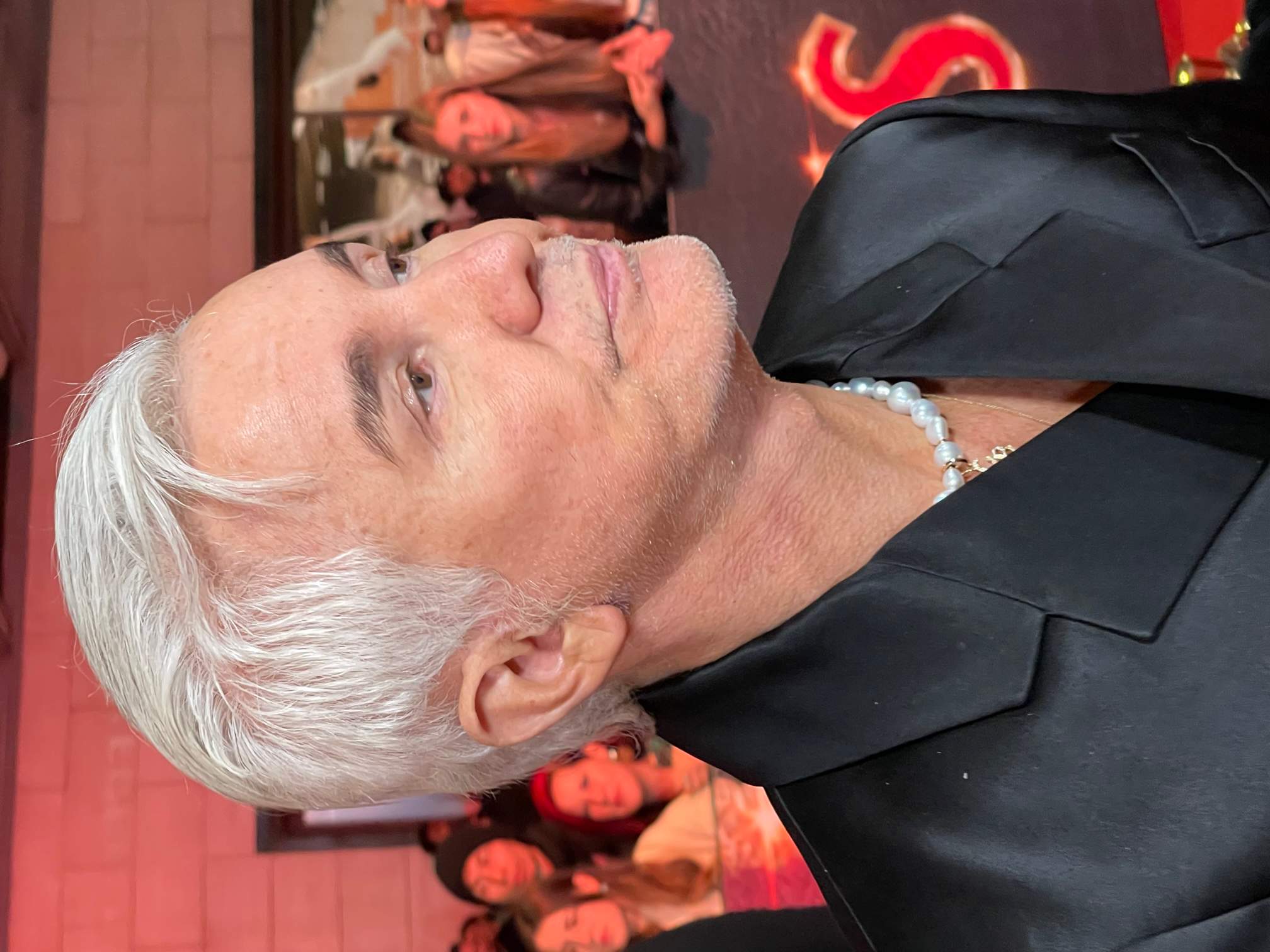

Best Original Screenplay
Best Cinematography
Best Costume Design
Best Editing
Best Makeup and Hair
Best Original Music
Best Production Design
Best Sound
Best Special Visual Effects
7th Critics' Choice Awards 2002
8th Screen Actors Guild Awards 2002
Outstanding Performance by a Cast in a Motion Picture
54th Directors Guild of America Awards 2002

58th Golden Globe Awards 2001



Best Original Score – Motion Picture

57th Golden Globe Awards 2000
Best Original Score – Motion Picture
Full Plot Summary and Ending Explained for Moulin Rouge!
Read the complete plot summary of Moulin Rouge!, including all major events, twists, and the full ending explained in detail. Explore key characters, themes, hidden meanings, and everything you need to understand the story from beginning to end.
The story begins in 1900, featuring a distraught writer named Christian sitting at his typewriter, reminiscing about his past. Just a year earlier, in 1899, Christian, portrayed by Ewan McGregor, relocates to the vibrant Montmartre district of Paris with dreams of immersing himself in the Bohemian lifestyle and making his mark as a writer. He soon crosses paths with a group of talented performers led by the iconic Toulouse-Lautrec. Utilizing his writing prowess, Christian aids them in completing their ambitious production, “Spectacular Spectacular,” which they hope to present to Harold Zidler, the owner of the famed Moulin Rouge.
As the group arrives at the Moulin Rouge, they witness a dazzling performance by Zidler and his mesmerizing “Diamond Dog Dancers,” showcasing a medley that includes Lady Marmalade, Zidler’s Rap (Can Can), and Smells Like Teen Spirit. It becomes clear that Zidler has grand designs for Satine, the stunning courtesan played by Nicole Kidman, whom he intends to provide to the wealthy and unscrupulous Duke of Monroth, a crucial financial backer for the cabaret. The film soon reveals that Satine is grappling with tuberculosis, adding urgency and tension to her story.
In a twist, Satine mistakes Christian for the Duke and invites him to her private chamber, leading to an intimate exchange where they start to develop feelings for one another. When the Duke intrudes, both Christian and Satine quickly concoct a story about rehearsing for the new show—“Spectacular Spectacular.” With Zidler’s support, along with Toulouse-Lautrec and their ensemble, they pitch the show, sprinkling in elements of intrigue about a powerful maharajah pursuing an Indian courtesan who loves a humble sitar player.
Despite the Duke’s backing, he insists on exclusive access to Satine, complicating her feelings further. Throughout this chaotic journey, Satine dreams of becoming a “real actress” and considers her connection with Christian deeply, even reflecting on her desire to leave the Moulin Rouge. As their romance unfolds discreetly under the guise of rehearsing lines, jealousy starts to brew within the Duke, threatening the show’s funding and their relationship.
As tensions escalate, a critical illness strikes Satine, forcing Zidler to navigate the delicate balance between satisfying the Duke’s whims and protecting Satine from harm. Meanwhile, Christian, heartbroken yet determined, writes a secret love song for Satine, expressing the depth of their love amidst the turmoil. But when the Duke’s jealousy reaches a boiling point, he insists on altering the play’s conclusion to ensure that the courtesan ends up with the maharajah, driving Satine to drastic measures.
In an emotionally charged turn of events, Satine finds herself confronted by the Duke’s violent intentions but is saved at the last moment by her fellow performers, including Le Chocolat. Their reunion reflects their longing as Christian urges her to escape with him. However, the sinister threat to Christian’s life becomes all too real as Zidler reveals the stakes involved, pushing Satine to make the agonizing choice to leave Christian for the Duke.
On the night of the much-anticipated show, Christian enters the Moulin Rouge one last time, heart set on convincing Satine of their love, but finds himself thrust into the spotlight, leading to a poignant confrontation that echoes their complicated love story for the audience. As the curtain falls, Satine is tragically claimed by tuberculosis, and their love convinces Christian to immortalize their connection in his writing—an eternal love story destined to be remembered, exemplified in the haunting words, > “The greatest thing you’ll ever learn is just to love and be loved in return.” Ultimately, Christian reflects on the profound impact of their love, capturing it in his writing a year later, declaring it a “love that will live forever.”
Uncover the Details: Timeline, Characters, Themes, and Beyond!

Coming soon on iOS and Android
The Plot Explained Mobile App
From blockbusters to hidden gems — dive into movie stories anytime, anywhere. Save your favorites, discover plots faster, and never miss a twist again.
Sign up to be the first to know when we launch. Your email stays private — always.
Watch Trailers, Clips & Behind-the-Scenes for Moulin Rouge!
Watch official trailers, exclusive clips, cast interviews, and behind-the-scenes footage from Moulin Rouge!. Dive deeper into the making of the film, its standout moments, and key production insights.
Moulin Rouge! Themes and Keywords
Discover the central themes, ideas, and keywords that define the movie’s story, tone, and message. Analyze the film’s deeper meanings, genre influences, and recurring concepts.
Moulin Rouge! Other Names and Titles
Explore the various alternative titles, translations, and other names used for Moulin Rouge! across different regions and languages. Understand how the film is marketed and recognized worldwide.
Articles, Reviews & Explainers About Moulin Rouge!
Stay updated on Moulin Rouge! with in-depth articles, critical reviews, and ending explainers. Explore hidden meanings, major themes, and expert insights into the film’s story and impact.
Similar Movies To Moulin Rouge! You Should Know About
Browse a curated list of movies similar in genre, tone, characters, or story structure. Discover new titles like the one you're watching, perfect for fans of related plots, vibes, or cinematic styles.
Quick Links: Summary, Cast, Ratings, More

What's After the Movie?
Not sure whether to stay after the credits? Find out!
Explore Our Movie Platform
New Movie Releases (2025)
Famous Movie Actors
Top Film Production Studios
Movie Plot Summaries & Endings
Major Movie Awards & Winners
Best Concert Films & Music Documentaries
Movie Collections and Curated Lists
© 2025 What's After the Movie. All rights reserved.



















